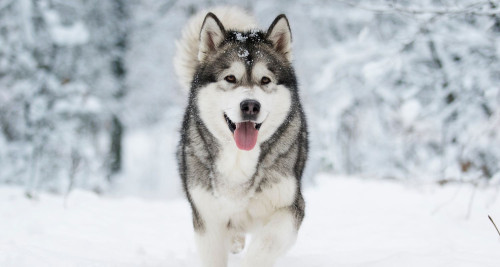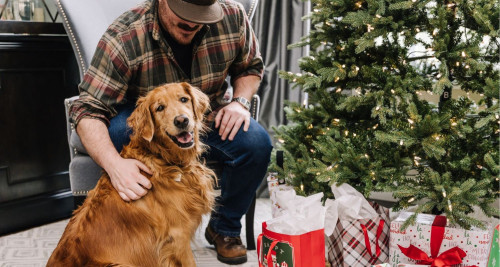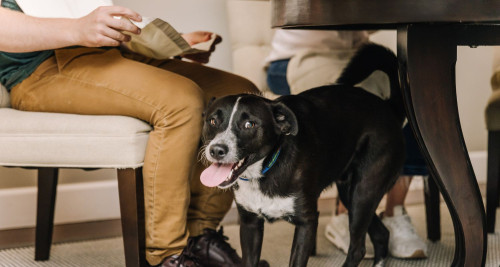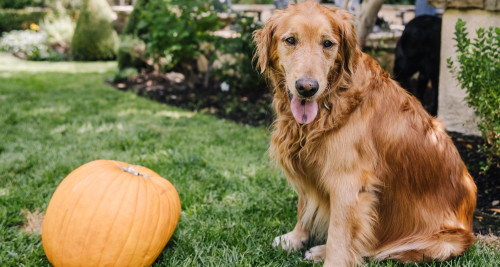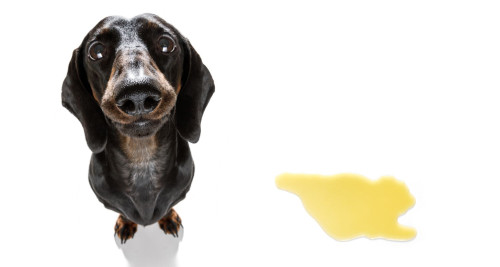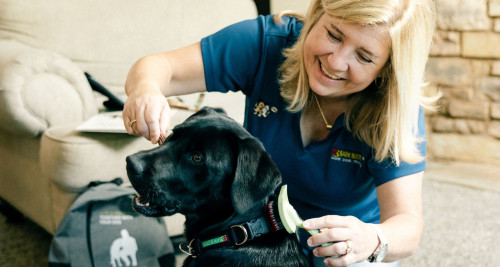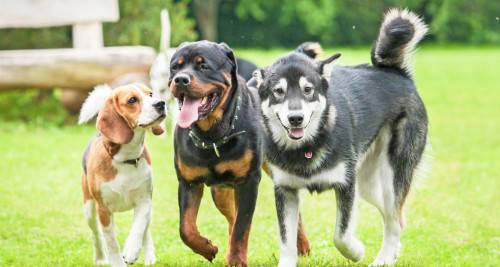Rough Collie
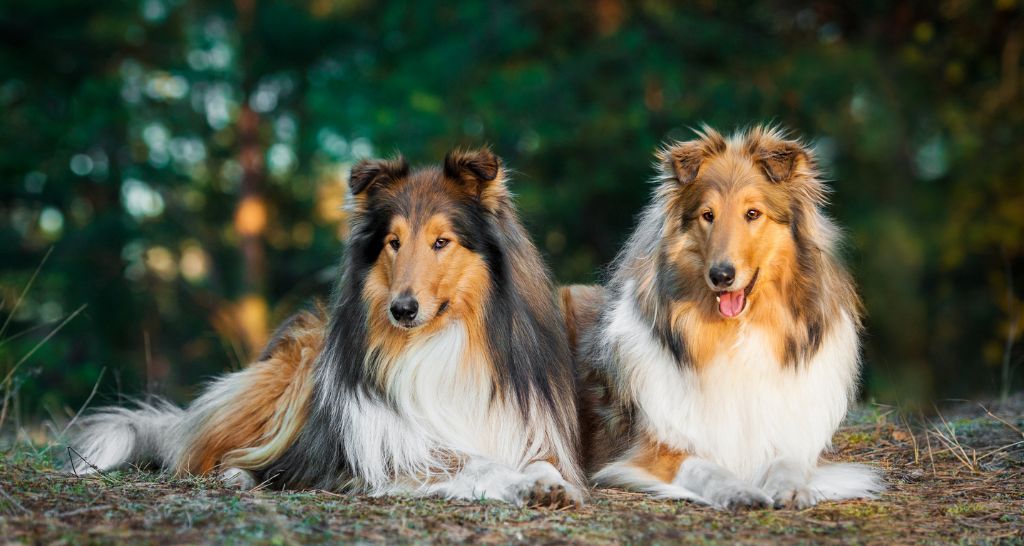
Breed Traits and Characteristics
According to the American Kennel Club, here are some breed characteristic you can find in Rough Collies.
- Height
24-26 inches (male), 22-24 inches (female)
- Weight
60-75 pounds (male), 50-65 pounds (female)
- Life Expectancy
12-14 years
- Coat Type/Length
Rough/Long
-
80 affectionate with family
-
100 good with young children
-
60 good with other dogs
-
80 trainability level
-
60 energy level
-
100 barking level
-
60 shedding level
-
40 drooling level
History
Rough Collies (and their cousins, Smooth Collies), originated in the Scottish Highlands in the 18th century, where they were bred with great care by farmers and shepherds to possess ideal traits for herding and guarding hardheaded flocks of sheep: a mix of fearlessness, aggression, determination, and strength.
Rough Collies quickly became the dominant sheepherding breed in Scotland and Wales, maintaining that status through the 1800s. Welsh varieties – traditionally a smaller, friendly, more nimble-type dog – were crossbred with English sheepdogs to produce long- and short-haired Rough Collies.
As dog ownership became fashionable during the Industrial Revolution, people began keeping Collies as pets. Rough Collies quickly became popular show dogs, debuting in 1860 at the Birmingham, England dog show as “Scotch Sheep-Dogs.” The first English Rough Collie arrived in the USA in 1879; that original stock laid the foundation for the breed we know today. The modern Rough Collie is a softer-natured dog and is better suited for companionship and pet ownership than its predecessors.
The Rough Collie
The Rough Collie – also known as the Scottish Collie – is a friendly breed that surged to popularity on the back of the Lassie book, TV, and movie franchise. Their striking appearance, marked by luxurious coats and almond-shaped eyes, befits their proud heritage as sheepdogs in Scotland and Wales. Rough Collies have since been bred for domestication and make wonderful companion dogs.
Rough Collie Breed Facts
The Rough Collie (Scottish Collie) is easily recognizable, defined by its angular head, long, elongated muzzle, almond-shaped eyes, and a lush coat.
Class & Color
Class
- Working dog
Color
- Sable and white
- White
- Tri-color
- Blue merle
- Sable merle
- Sable
Physical Characteristics
- Large, with a naturally thin frame that means they are less heavy than they appear
- Height: 24-26 inches (male), 22-24 inches (female)
- Weight: 60-75 pounds (male), 50-65 pounds (female)
- A short, dense double coat that makes them adaptable to most climate
- Soft, almond-shaped eyes
- Stand-up ears that flop forward at the tip
- Life expectancy: Rough Collies typically live between 14 and 16 years.
Personality & Temperament
Modern Rough Collies possess a sweet, appealing personality and keen intelligence. They are generally very loving, loyal and trustworthy. Like any breed, there are instances of very timid temperaments and aggression, but these tend to be rare. If introduced correctly and given proper training, they are friendly with other dogs and great with children.
Bark Busters Trainer Jeff Drier on the Rough Collie
I’m probably dating myself, but when I think of the Rough Collie, I think of Lassie – maybe it’s because everyone I knew who owned one named theirs after the star of the show! Rough Collies are intelligent, friendly dogs that were originally bred to herd sheep. They make great family pets, but are still considered working dogs, which means they need space to run (and maybe aren’t the best choice for apartment dwellers). This abundance of energy means they will happily join their owners for long hikes, runs, or other activities. However, it can also lead to behavioral problems if not properly channeled.
Case Study
Take Clarence the Rough Collie. Clarence lived to herd – the cats, the children (easier than the cats!), and the adults, nipping at their heels to round them up. In fact, Clarence would only stop herding once he got everyone in the same room. He was most relaxed when the family would sit down at the table for meals because he knew exactly where everyone was.
Clarence was extremely smart, so whenever Mom or Dad went to the kitchen, Clarence would try to round up the entire family into the dining room. If the kids were in their rooms with the doors closed (often the case because of his nipping behavior), he would either bark outside the door or scratch until they opened it. Doing so out of annoyance only reinforced the behavior – Clarence thought he had done his job!
Once everyone was properly herded into one room, Clarence would settle down watch them. If anyone looked like they were going to leave, he would spring into action, blocking or barking at them. It didn’t take long for the family to grow tired of this behavior.
After learning and observing the interactions between the family and Clarence, we developed a plan to help everyone live in harmony using communication techniques and behavioral concepts that are natural to dogs. We taught the family how to ‘speak dog,’ explained leadership concepts, and showed them exercises to work on with Clarence to reinforce that they were the decision makers – not him.
It was important to the family to give Clarence an outlet for his herding instinct, so we developed an activity using their big, fenced backyard: one person would kick soccer balls around the yard and Clarence would herd them into a marked area. He was a natural! By executing this plan consistently (a hallmark of any dog training technique), we were able to quickly change Clarence’s behavior. Clarence was happy, and the family no longer had to worry about having their heels nipped.
Rough Collies are wonderful dogs for families and people living active lifestyles, but their energy and herding instinct can lead to some rough edges. If you have a Rough Collie with some rough spots, contact your local Bark Busters trainer. He or she can help smooth them out so, like Clarence, you can have a great relationship built on mutual understanding, trust, respect, and love.
Training Your Rough Collie
- The original Collies were bred to be fearless, aggressive, determined, and strong for sheepherding duties.
- As they became popular pets, the breed underwent changes in breeding selection, resulting in a gentle, sweet, kind of dog better suited for domesticated companionship.
- If you are thinking of purchasing a Rough Collie, it is important to source from a reputable breeder who is breeding for not only looks, but good, sound temperament as well. Rescues are also great options for prospective Collie owners. Contact your local Bark Busters trainer today to learn about great breeders and rescue organizations near you!
- Many Rough Collies require only basic obedience training.
- Barking can be a big issue with all herding breeds, but early training and good management keep this under control.
Ready to take the next step? Learn more about our services and schedule an appointment with one of our trainers today!
Connect with Us!
Need help training your Rough Collie? Call 1-877-500-BARK (2275)or enter your zip code.
Rough Collie Grooming
Rough Collies have a luxurious double coat that requires regular attention (but also makes for great bonding time). The American Kennel Club recommends brushing once a week to maintain hair and skin health, with extra brushing around shed times.
Shed times as follows:
- Spayed Female: once per year
- Intact Female: around three months after heat cycles
- Male: once per year (around their birthday)
Tips for Every Dog Owner
Build a Better Bond With Your Collie: Fill Out Our Form and See How Expert Guidance Can Help!
Conform your zip code and complete this quick form. We’ll reach out within 24 hours to explore the best training plan for your dog. Skip the hassle—choose focused, in-home training tailored to your household.
- 99.7% 4 or 5 stars 99.7% rate their experience with Bark Busters as 4 or 5 out of 5 stars.
- 99.6% Would Recommend 99.6% would recommend Bark Busters to their friends and neighbors.
- 99.5% Dog Responded 99.5% think their dog responded well to the training.
Need Dog Training Assistance with Your Rough Collie? Find Your Local Trainer Now!
CALL TODAY 1-877-500-BARK (2275)
